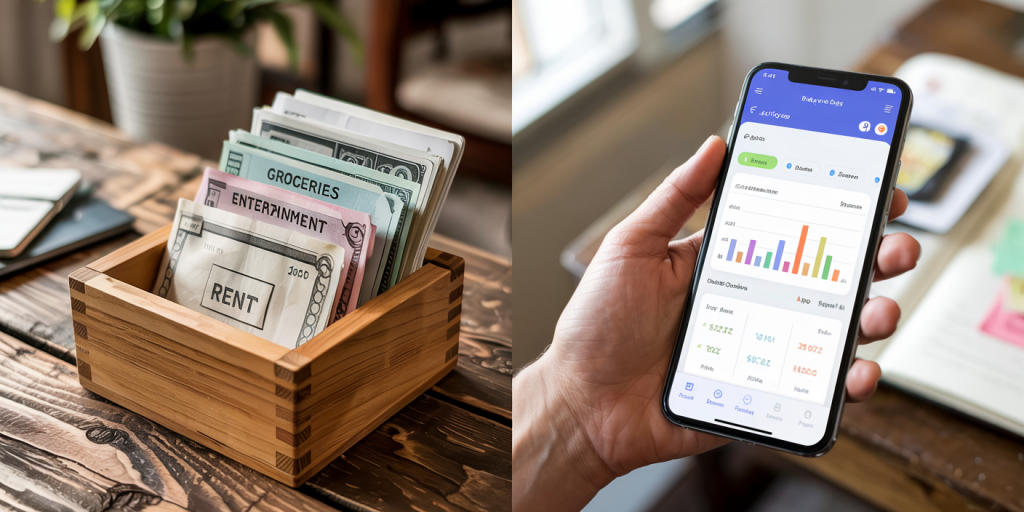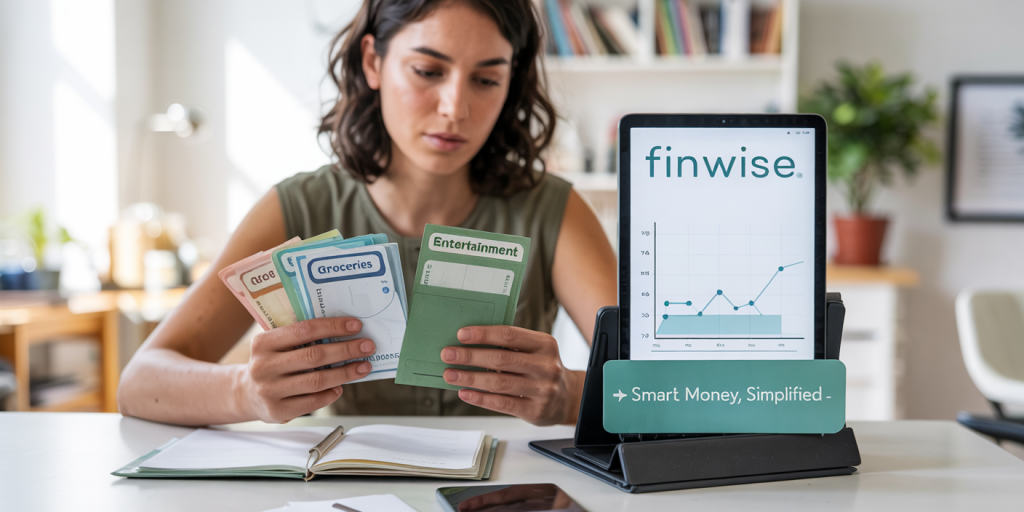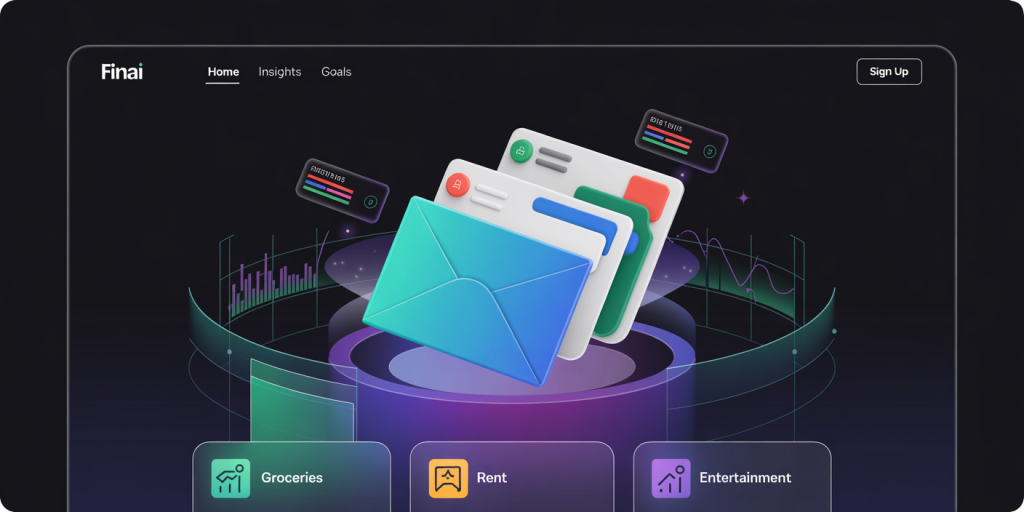How to Use the Envelope Budgeting System in a Digital World
In recent years, financial management has evolved dramatically thanks to advancements in digital tools and technologies. Despite this evolution, many traditional budgeting methods remain effective for controlling personal finances. One such method is the envelope budgeting system, a straightforward, visual approach to managing money that originated long before the digital age. This technique involves allocating cash into different envelopes, each designated for a specific expense category, to prevent overspending.


However, with dwindling reliance on cash and the rise of digital payments, the envelope budgeting system may seem outdated or impractical. Against this backdrop, integrating the envelope system with digital tools offers a hybrid approach that leverages the clarity and discipline of the traditional method along with the convenience and flexibility of modern technology. This article explores how to apply the envelope budgeting system in today’s digital era, combining practical advice with data-driven insights to help enhance financial discipline.

—
The Traditional Envelope Budgeting System: Foundation and Benefits
The envelope budgeting concept is simple yet powerful. Typically, a household allocates a predetermined amount of cash into separate envelopes labeled with spending categories such as groceries, rent, transportation, and entertainment. Once the cash in each envelope is depleted, the household refrains from spending in that category until the next budgeting cycle.
One main benefit of this analog approach is that it imposes tangible boundaries on spending, making it easier for individuals to understand their cash flow visually. Behavioral economics studies suggest that the physical act of handling money strengthens budget adherence because it increases awareness of each expenditure (Thaler, 1999). Additionally, the envelope method helps curb credit card overspending, which often leads to debt accumulation due to the “abstractness” of digital payments.
For example, a 2019 survey by Bankrate found that approximately 39% of Americans who use cash for everyday expenses are more mindful of their money compared to those who rely exclusively on cards. Such data indicates the enduring attractiveness of the system’s foundational principles—self-control and budget visibility.
—
Digitizing the Envelope Budgeting System: Tools and Techniques
The digitization of personal finance tools means the envelope method no longer requires physical envelopes full of cash. Several mobile apps and software enable users to create virtual envelopes and allocate funds digitally. Popular apps like Goodbudget, Mvelopes, and YNAB (You Need A Budget) provide features to simulate the envelope system with real-time tracking, syncing, and analytics.
Digital envelopes work by dividing your bank account or credit card budget into separate categories, much like the original system. For instance, with Goodbudget, you assign portions of your paycheck to virtual envelopes such as “Utilities,” “Dining Out,” or “Savings.” When recording expenses, the app deducts the amount from the corresponding envelope, offering instant visibility on how much remains in each category.
A practical advantage of digital envelopes is the ability to automate allocations based on expected bills or irregular income. For freelancers who receive payments at different intervals, these tools provide reminders and adaptive budgeting that physical envelopes cannot offer. Additionally, by linking directly to bank accounts, users reduce manual entry errors and gain comprehensive insights into spending habits.
| Feature | Traditional Envelope System | Digital Envelope System |
|---|---|---|
| Cash Handling | Yes, physical cash only | No, links bank and credit cards |
| Real-time Tracking | No | Yes |
| Automation | No | Yes |
| Expense Analysis | Limited | Detailed reports and charts |
| Accessibility | Local only | Anywhere via smartphone/web |
As shown above, while traditional envelopes offer immediacy and tactile interaction, digital systems excel in automation and data-rich insights, crucial for managing complex finances in today’s environment.
—
Combining Cash and Digital Envelopes for Hybrid Budgeting
Though digital is dominant, many households still find value in using cash for daily discretionary expenses. Combining physical and digital envelopes addresses diverse spending behaviors and preferences. For example, you might receive a paycheck directly into your bank but withdraw cash weekly for categories like “Eating Out” or “Personal Care.” At the same time, fixed expenses such as mortgage, utilities, or subscriptions can be managed via digital envelopes.
This hybrid approach helps maintain budgeting discipline while accommodating the convenience of electronic payments. It also mitigates the psychological temptation often triggered by card usage. Research by the Federal Reserve (2022) indicates that people tend to spend 12-18% more when using credit cards compared to cash, underscoring why cash envelopes still hold behavioral value.
Consider the case of Julia, a freelancer in New York who uses a digital budgeting app for her irregular income but withdraws weekly cash envelopes for groceries and transport. This mix allows her to stay within allocated limits without the stress of manual tracking for every micro-transaction.
—
Best Practices for Implementing the Digital Envelope System
To maximize the effectiveness of the digital envelope budgeting system, several best practices can be employed. First, ensure that budgeting categories are neither too broad nor too niche; a good rule of thumb is between 5 to 15 envelopes, representing essential and discretionary expenses without causing segmentation confusion.
Second, review and adjust envelope allocations regularly to reflect changing financial conditions. For example, seasonal adjustments for heating bills in winter or allocating more toward gift expenses during holidays keep the budget realistic and adaptable.
Third, integrate budgeting habits with automated bill payments and savings contributions. Many apps allow for scheduling recurring transfers to savings envelopes, fostering positive cash flow management.
Finally, track progress by setting spending targets and savings goals within each envelope. Encouraging positive reinforcement, such as recognizing when you finish a month under budget, can improve long-term adherence.
| Best Practice | Explanation | Example |
|---|---|---|
| Appropriate Number of Envelopes | Prevents complexity and maintains focus | Separate “Groceries” and “Dining Out” envelopes instead of lumping both into one |
| Regular Budget Review | Keeps budgets aligned with current financial realities | Adjust “Travel” envelope upwards before vacation season |
| Automated Transfers | Enhances consistency and reduces missed allocations | Automatic monthly transfer to “Emergency Fund” envelope |
| Goal Tracking | Motivates adherence and measures success | Set a goal to reduce “Entertainment” spending by 15% over 3 months |
—
Overcoming Challenges in a Digital Envelope System
Despite its advantages, using envelopes digitally does present challenges. One common issue is the temptation of credit card spending that falls outside envelope limits. Unlike cash envelopes, where funds are finite and physically restricted, digital allocations can inadvertently encourage overspending if users ignore their budget.
Another challenge is syncing problems or technical glitches that may arise with apps, leading to inaccurate reconciliation of expenses. Users must choose reliable applications and link only trusted bank accounts to minimize security risks.
To overcome these hurdles, adopting complementary financial behaviors helps. For example, setting transaction limits on credit cards or using prepaid debit cards tied to digital envelopes can enforce strict budget adherence. Moreover, regularly auditing expense categories and using notifications for overspending act as safeguards.
A real case from a 2023 financial coaching survey found that individuals who combine envelope budgeting apps with weekly manual reviews had a 38% higher success rate in debt reduction compared to those using apps alone. This highlights that digital tools work best when paired with disciplined habits.
—
Future Perspectives: The Evolution of Envelope Budgeting in Finance Technology
Looking ahead, technology will continue to reshape envelope budgeting, making it more intuitive and integrated with other aspects of personal finance. Artificial intelligence (AI) and machine learning algorithms can analyze spending patterns to provide customized envelope adjustments, forecast cash flow shortages, and suggest saving opportunities. For example, AI-powered assistants may automatically reallocate funds from underused envelopes to cover upcoming expenses, reducing budgeting errors.
In addition, the rise of open banking initiatives enables seamless connections between banks, budgeting apps, and payment platforms. This interoperability can result in real-time, dynamic budgeting envelopes that adjust to lifestyle changes instantaneously.
Virtual and augmented reality (VR/AR) tools could also simulate the tactile experience of physical envelopes, enhancing engagement through immersive visualization, an element proven to support behavioral finance goals.
Banks are already experimenting with embedded budgeting tools within their apps. According to a 2023 Global Banking Report, 58% of banks plan to offer envelope budgeting features integrated with AI-driven insights by 2025. This convergence marks the envelope system’s sustained relevance, not despite digitization but because of it.
As digital finance matures, the envelope budgeting system will remain a foundational framework, adapting fluidly with new technologies to empower users to manage money confidently, responsibly, and effectively.
—
Through the fusion of traditional budgeting wisdom and modern digital innovation, the envelope budgeting system offers an accessible and actionable way to regain control over personal finances in today’s complex economic landscape. By implementing hybrid models, leveraging specialized apps, and embracing evolving technologies, individuals can harness the best of both worlds to maintain fiscal health and achieve their financial goals.
